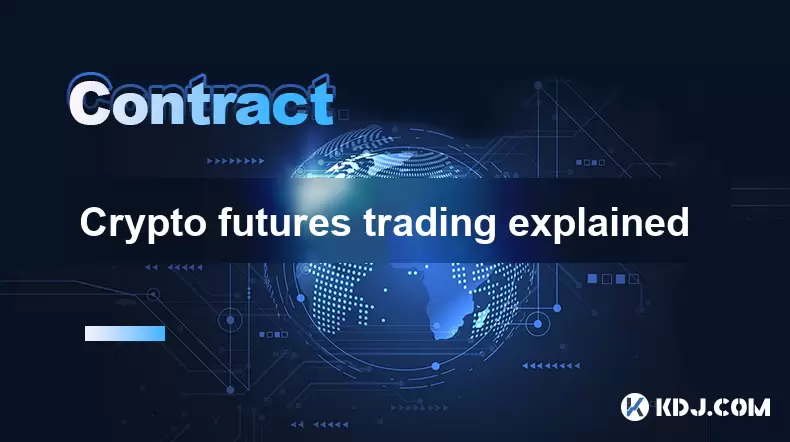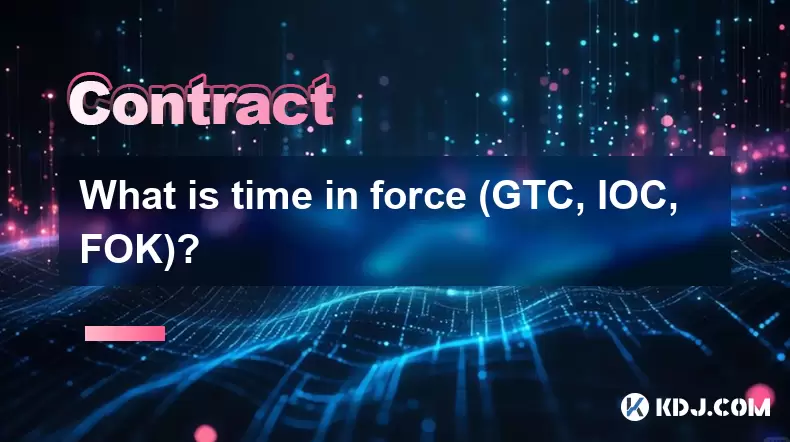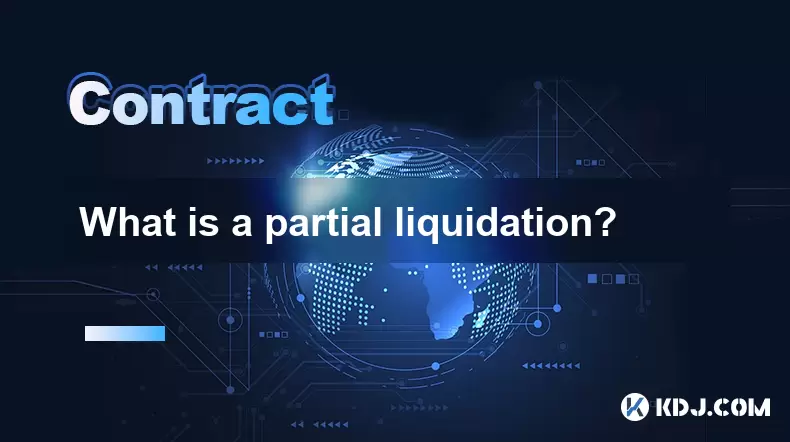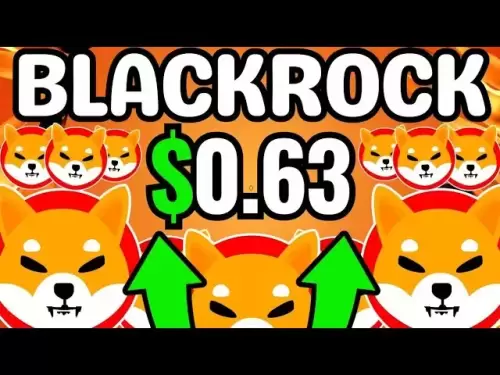-
 Bitcoin
Bitcoin $117700
-0.20% -
 Ethereum
Ethereum $3587
1.19% -
 XRP
XRP $3.422
-0.97% -
 Tether USDt
Tether USDt $1.000
-0.02% -
 BNB
BNB $733.3
0.69% -
 Solana
Solana $177.3
0.36% -
 USDC
USDC $0.9998
-0.01% -
 Dogecoin
Dogecoin $0.2446
1.42% -
 TRON
TRON $0.3183
-2.35% -
 Cardano
Cardano $0.8262
1.07% -
 Hyperliquid
Hyperliquid $44.37
-0.24% -
 Stellar
Stellar $0.4597
-0.87% -
 Sui
Sui $3.841
2.27% -
 Chainlink
Chainlink $18.44
3.20% -
 Hedera
Hedera $0.2658
1.54% -
 Bitcoin Cash
Bitcoin Cash $518.2
0.50% -
 Avalanche
Avalanche $24.38
4.08% -
 Shiba Inu
Shiba Inu $0.00001491
1.30% -
 Litecoin
Litecoin $112.7
10.87% -
 UNUS SED LEO
UNUS SED LEO $8.991
0.16% -
 Toncoin
Toncoin $3.183
-0.13% -
 Polkadot
Polkadot $4.377
3.56% -
 Uniswap
Uniswap $10.16
1.35% -
 Monero
Monero $325.1
2.08% -
 Ethena USDe
Ethena USDe $1.001
-0.01% -
 Bitget Token
Bitget Token $4.922
0.29% -
 Pepe
Pepe $0.00001343
3.62% -
 Dai
Dai $0.9999
-0.01% -
 Aave
Aave $319.5
-0.89% -
 Bittensor
Bittensor $416.3
1.23%
Crypto futures trading explained
Crypto futures let traders speculate on cryptocurrency prices without owning the asset, using leverage to profit from market movements, but carry high risks due to volatility and liquidation.
Jul 20, 2025 at 12:57 am

What Are Crypto Futures?
Crypto futures are financial contracts that obligate the buyer to purchase, or the seller to sell, a specific amount of a cryptocurrency at a predetermined price and future date. These contracts derive their value from the underlying cryptocurrency asset, such as Bitcoin (BTC) or Ethereum (ETH). Unlike spot trading, where you buy and own the actual asset, futures trading allows participants to speculate on the price movement of the cryptocurrency without owning it.
These contracts are standardized and traded on regulated or semi-regulated exchanges like Binance Futures, Bybit, or OKX. The key aspect of crypto futures is that they allow traders to profit from both rising and falling markets. This is achieved by going long (buying) if you expect the price to rise or short (selling) if you expect the price to fall.
How Do Crypto Futures Work?
Crypto futures operate on the principle of leverage, which allows traders to control a larger position with a relatively small amount of capital. For example, if a trader uses 10x leverage, they can open a position worth $10,000 by only putting up $1,000 as collateral, known as margin.
The value of the futures contract is tied to the price of the underlying cryptocurrency. As the price fluctuates, the value of the position changes accordingly. Traders must monitor their positions closely, as liquidation can occur if the price moves against them and the margin falls below the required level.
Futures contracts also have expiration dates. Some are set to expire quarterly, while others are perpetual contracts that don't have a fixed expiry date. Perpetual contracts are more popular among traders due to their flexibility and ability to hold positions indefinitely, provided they maintain sufficient margin.
Key Features of Crypto Futures Trading
- Leverage: Traders can amplify their exposure using borrowed funds. However, while leverage can increase profits, it also magnifies losses.
- Long and Short Positions: Traders can go long (buy) or short (sell) depending on their market outlook.
- Funding Rates: In perpetual futures, funding rates are used to tether the contract price to the spot price. These are periodic payments made between long and short traders based on the difference between the futures price and the spot price.
- Margin Requirements: Traders must deposit a percentage of the total trade value as initial margin. Exchanges also require a maintenance margin, which is the minimum balance needed to keep a position open.
- Liquidation: If the trader's margin falls below the maintenance level, the exchange automatically closes the position to prevent further losses.
Understanding these features is crucial before engaging in crypto futures trading, as they directly impact risk and potential returns.
Steps to Start Trading Crypto Futures
- Choose a Reliable Exchange: Select a reputable platform that offers crypto futures such as Binance Futures, Bybit, or Bitmex. Ensure the exchange supports your preferred cryptocurrencies and has robust security features.
- Create and Verify Your Account: Sign up on the platform and complete the Know Your Customer (KYC) process if required. This helps in complying with regulatory standards and enables higher withdrawal limits.
- Deposit Funds: Transfer your desired cryptocurrency or fiat currency into your exchange wallet. Make sure to use the correct network to avoid losing funds.
- Navigate to the Futures Section: Once funds are available, go to the futures trading section of the exchange. Choose the cryptocurrency and contract type you want to trade.
- Set Leverage and Position Size: Adjust the leverage level and decide on the amount you want to trade. Be cautious with high leverage as it increases risk.
- Place Your Order: Choose between limit orders (execute at a specified price) or market orders (execute immediately at the current price).
- Monitor and Manage Risk: Keep track of your open positions and set stop-loss and take-profit levels to manage potential losses and secure profits.
Each step requires careful attention to detail to ensure a smooth and secure trading experience.
Risks Involved in Crypto Futures Trading
Crypto futures trading comes with significant risks, especially due to the volatility of the cryptocurrency market. Prices can swing dramatically within minutes, leading to rapid liquidation of positions. Traders who use high leverage are particularly vulnerable to sudden price movements.
Another risk is market manipulation, where large players or groups of traders attempt to influence prices for personal gain. This is more common in less regulated markets and can cause unexpected losses.
Technical risks also exist, such as exchange outages, hacking, or wallet issues. It's crucial to use platforms with strong security protocols and cold storage for funds.
Additionally, emotional trading can lead to poor decisions. Many traders chase losses or overtrade when they experience a winning streak, both of which can lead to significant losses.
It’s essential to approach crypto futures trading with a well-thought-out strategy, proper risk management, and a clear understanding of the tools and mechanisms involved.
FAQs
Q: What is the difference between crypto futures and spot trading?
A: Crypto futures involve contracts that speculate on future prices without owning the asset, while spot trading involves buying and selling the actual cryptocurrency at current market prices.
Q: Can I lose more than my initial investment in crypto futures?
A: On most platforms, traders cannot lose more than their deposited margin due to bankruptcy protection, but this depends on the exchange's policies and whether the trader uses cross margin or isolated margin.
Q: What is the role of funding rates in perpetual futures?
A: Funding rates are periodic payments made between long and short traders to ensure that the price of the perpetual contract stays close to the spot price of the underlying cryptocurrency.
Q: Is crypto futures trading suitable for beginners?
A: While possible, crypto futures trading is generally not recommended for beginners due to its complexity, leverage risks, and the need for a solid understanding of technical analysis and risk management.
Disclaimer:info@kdj.com
The information provided is not trading advice. kdj.com does not assume any responsibility for any investments made based on the information provided in this article. Cryptocurrencies are highly volatile and it is highly recommended that you invest with caution after thorough research!
If you believe that the content used on this website infringes your copyright, please contact us immediately (info@kdj.com) and we will delete it promptly.
- XRP Mining, the GENIUS Act, and Coin Holders: A New Era?
- 2025-07-20 06:30:12
- Arctic Pablo Coin: Navigating the Icebound Estates Presale and Token Burn Strategy
- 2025-07-20 06:30:12
- Arctic Pablo Coin's Myth-Themed Presale: Icebound Estates and Beyond!
- 2025-07-20 06:50:12
- Snorter Token's Presale Success: Riding the GENIUS Act Wave in the Crypto World
- 2025-07-20 06:50:12
- PENGU Token's Breakout Momentum: Riding the Wave in a Bearish Market
- 2025-07-20 07:10:12
- Crypto's 100x Hunt in 2025: Beyond the Hype
- 2025-07-20 07:10:12
Related knowledge

What is a maker vs a taker fee?
Jul 19,2025 at 01:14am
Understanding the Basics of Cryptocurrency Exchange FeesIn the world of cryptocurrency trading, maker vs taker fees are a fundamental concept that eve...

How to analyze Bitcoin futures data from CME?
Jul 19,2025 at 05:22pm
Understanding Bitcoin Futures on CMEBitcoin futures on the CME Group (Chicago Mercantile Exchange) represent a regulated financial instrument that all...

How to understand the liquidation price?
Jul 19,2025 at 10:00pm
What Is a Liquidation Price in Cryptocurrency Trading?In the realm of cryptocurrency futures and margin trading, the liquidation price refers to the s...

What is time in force (GTC, IOC, FOK)?
Jul 19,2025 at 08:57am
Understanding Time in Force in Cryptocurrency TradingIn the world of cryptocurrency trading, the Time in Force (TIF) is a crucial parameter that deter...

What is a partial liquidation?
Jul 19,2025 at 01:49am
Understanding the Basics of Partial LiquidationIn the world of cryptocurrency trading, especially within leveraged positions, partial liquidation refe...

How to find good entry and exit points for Bitcoin futures?
Jul 19,2025 at 05:14pm
Understanding Bitcoin Futures and Their Unique CharacteristicsBitcoin futures are derivative contracts that allow traders to speculate on the future p...

What is a maker vs a taker fee?
Jul 19,2025 at 01:14am
Understanding the Basics of Cryptocurrency Exchange FeesIn the world of cryptocurrency trading, maker vs taker fees are a fundamental concept that eve...

How to analyze Bitcoin futures data from CME?
Jul 19,2025 at 05:22pm
Understanding Bitcoin Futures on CMEBitcoin futures on the CME Group (Chicago Mercantile Exchange) represent a regulated financial instrument that all...

How to understand the liquidation price?
Jul 19,2025 at 10:00pm
What Is a Liquidation Price in Cryptocurrency Trading?In the realm of cryptocurrency futures and margin trading, the liquidation price refers to the s...

What is time in force (GTC, IOC, FOK)?
Jul 19,2025 at 08:57am
Understanding Time in Force in Cryptocurrency TradingIn the world of cryptocurrency trading, the Time in Force (TIF) is a crucial parameter that deter...

What is a partial liquidation?
Jul 19,2025 at 01:49am
Understanding the Basics of Partial LiquidationIn the world of cryptocurrency trading, especially within leveraged positions, partial liquidation refe...

How to find good entry and exit points for Bitcoin futures?
Jul 19,2025 at 05:14pm
Understanding Bitcoin Futures and Their Unique CharacteristicsBitcoin futures are derivative contracts that allow traders to speculate on the future p...
See all articles

























































































